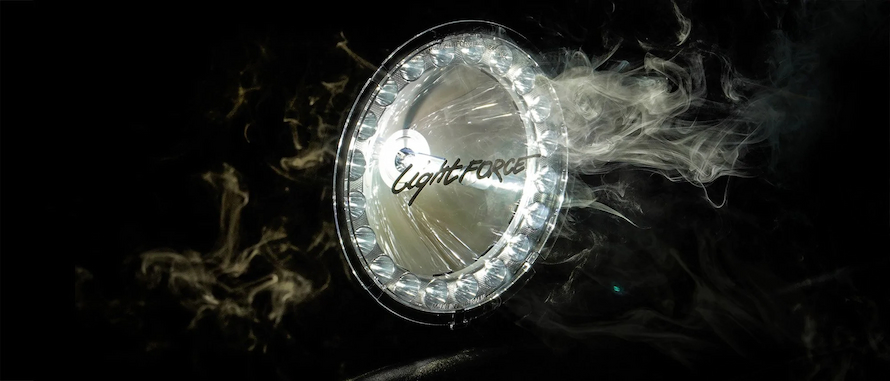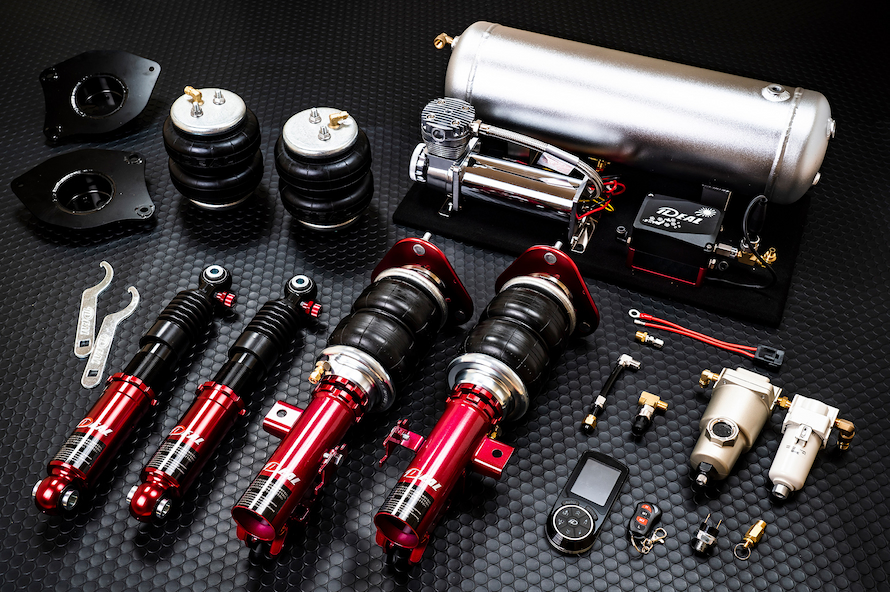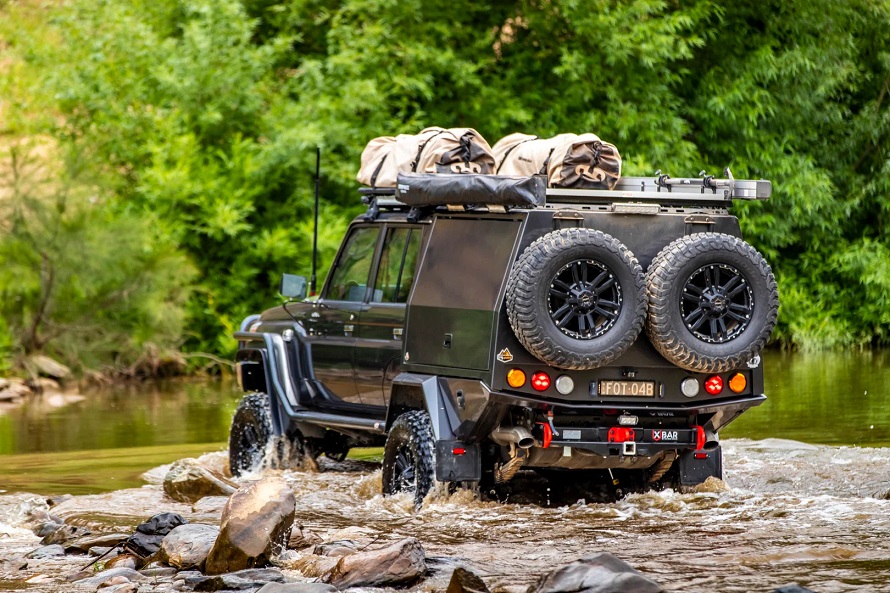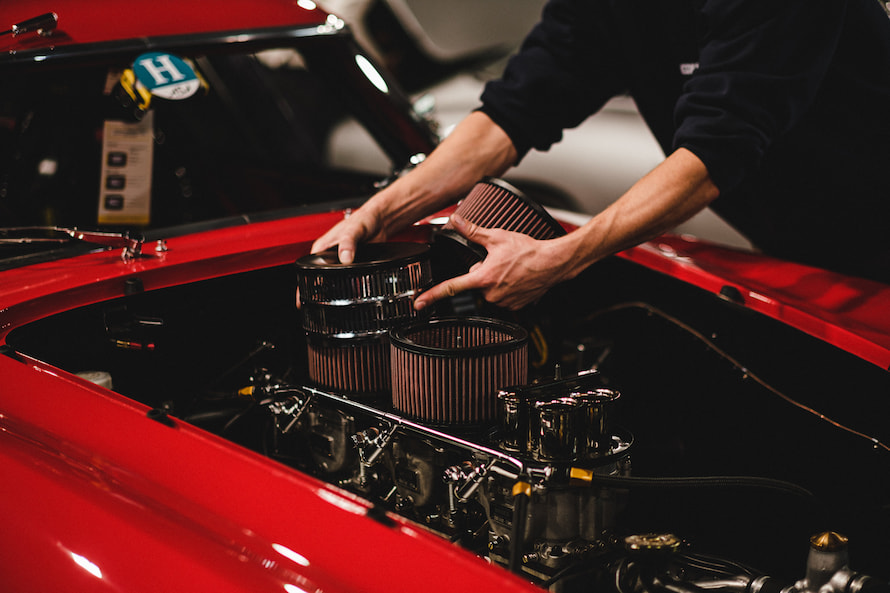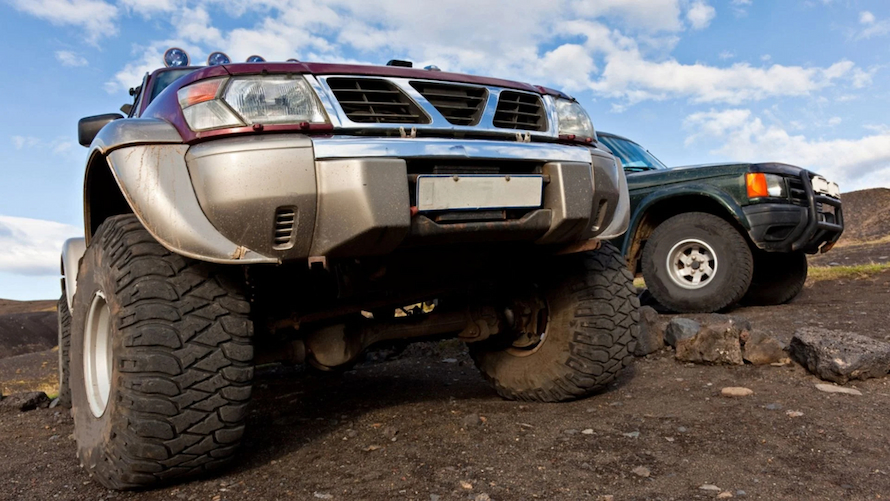Automotive
The Lowdown on Ford Ranger Driving Lights
Ford Australia began the year on a high, with the new Ranger finally managing to outsell its closest rival, the Toyota Hilux. The new Ranger has been completely revamped, including a sleeker design (with signature C-clamp headlights), revised diesel engines, a nicer interior, and lots of safety tech even in the base XL trim. Some drivers may miss the manual transmission, but the 6 or 10-speed autos (depending on drivetrain and trim combos) make for a smoother, more refined car. Equipment is also generous, and price hikes aren’t as exaggerated as with competing brands. The only downside is the long waiting lists to get one.
Over 50 thousand new-gen Rangers have been sold, along with the 400 thousand utes of the previous model, meaning parts and accessories are easy to come by no matter which model you have. Most Ranger owners will be looking for front-end protection in the form of a decent bull bar, tub or tray accessories like tonneau covers, tool boxes, or canopies, and anyone intent on going off-road will tweak the suspension and adding bigger tyres. Harsher and low-lit environments, like new worksites and the bush, also call for Ford Ranger driving lights to complement the passable lighting offered straight out of the factory.
Why Have Driving Lights?
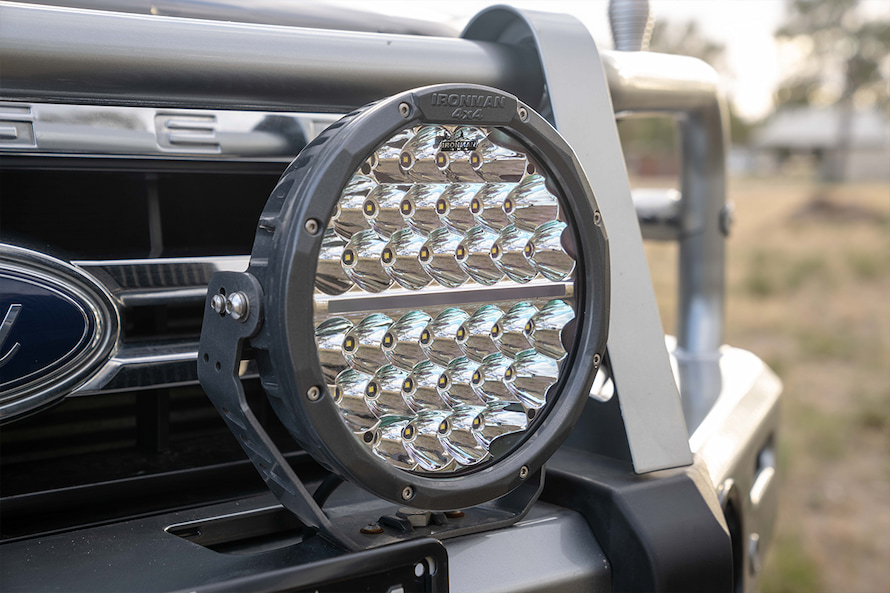
The obvious reason is increased visibility. This can be during both night and day, in bad weather, when driving through the city, or off-road. By illuminating more of the road and the surroundings, drivers can react to any possible dangers quicker and prevent possible collisions with roaming wildlife and other vehicles or hard-to-spot obstacles like boulders and tree stumps. While using driving lights is limited on the street, it’s in off-roading use where they really shine. Here increased light will also reduce eye strain and driver fatigue, so they bring a double dose of safety.
Buying Driving Lights for Your Ranger
Light Types
Generally, there’s the choice between three distinct types of driving lights – flood lights, spotlights, and light bars. Flood lights are smaller in size, and provide a wider beam to illuminate wider areas closer up. They’re usually used as left and right pairs to light up everything to the side of the ute. And this is particularly useful in the bush, as most accidents with kangaroos are from the sides. Floodlights can also double as camping or work lights, so are a versatile and inexpensive buy.
Spotlights centre around bigger globes. These are often positioned between the headlights, along the grille or attached to a bull bar. The aim is to provide light at further distances ahead. They’re much brighter and stronger than any of the stock lights the Ranger comes with. And they come in different lighting tech (something I’ll discuss below) and produce interesting results.
Light bars are mounted higher, often on roof racks or sports bars. They can assume different sizes and can be used on their own when optioned as bigger and brighter variants, or several light bars in smaller sizes depending on the light spread you’re after. Light bars put out a spot beam (though less intense than bespoke spotlights), and yet there are combination bars that include both beam types. All are of the LED type.
All aftermarket lights need to be correctly wired, drawing power from the vehicle or secondary battery and operated with the appropriate light switches. When buying vehicle lights, including Ford Ranger driving lights, ensure that the supplied wiring connects without issue and that you have an easy-to-reach place for light switches and fascias.
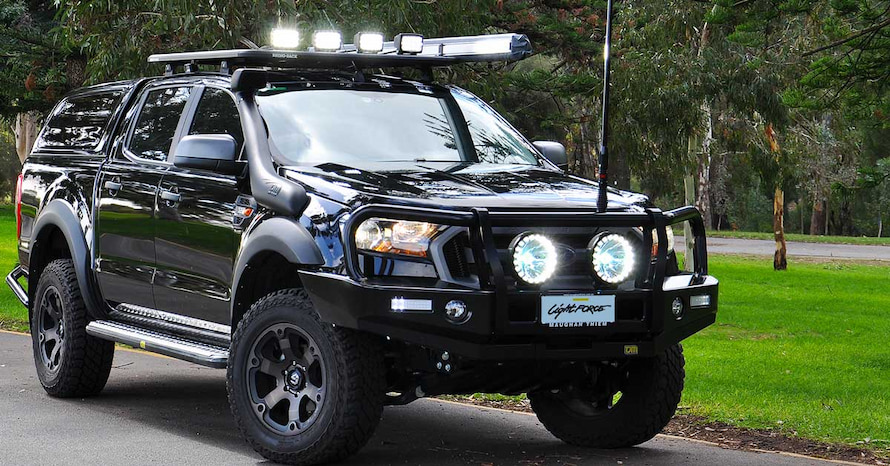
LEDs vs Halogens vs HIDs
LEDs are a relatively new technology that’s taking big strides. They’re what goes into light bars, and are heavily used in both spot and flood driving lights. LEDs are more durable than both halogens and HIDs, fare better in high heat, don’t suffer from vibrations, and use considerably less power. They’re also smaller in size and can be configured in lights of different shapes, such as single or double-row light bars. While they’re yet to reach the brightness levels of high-end HID lights, they’re not far behind. And since more of them are around, prices are also becoming more accessible.
The different bulb or diode configurations also produce different colour temperatures. LEDs shine a bright white light, halogens tend to have a yellowish hue and HIDs run blue/purple. While most buyers settle for lights with LEDs, others may find halogen or HID lights easier on the eyes for long periods.
Brightness and Other Considerations
To get your money’s worth, you’ll want the brightest lights you can afford. Effective lumens is the brightness rating to go for, with higher numbers meaning brighter lights, and LUX ratings ensure that light spreads to a specified distance. This depends on the quality of the bulbs or LED chips used, along with the positioning of reflectors and lenses.
For halogens, and bigger HID or LED driving lights, you’ll also need to know the power draw. Halogens are power-hungry, so going with these as you’re main lights can put some strain on the electrical system in the ute unless you’re also running a secondary battery. Larger halogens consume 100W each, whereas LEDs with comparable brightness around half that, or 50W. If you need more lights or are running a few other devices, how much power the light uses can be a deciding factor when buying.
Also, consider the build. Look for sealed metal housings to stave off moisture and damage during impact, lightweight yet durable polycarbonate lens covers, heat shields or cooling systems to sustain consistent light when you need it, sealed wiring harnesses that are also simple to connect, and adjustable metal brackets and mounts to endure the weight of the lights and help with placement.
And lastly, look for lights that are specifically compatible with your Ranger model. This ensures that the lights will work as they should, and you get no error warnings in the dash.


